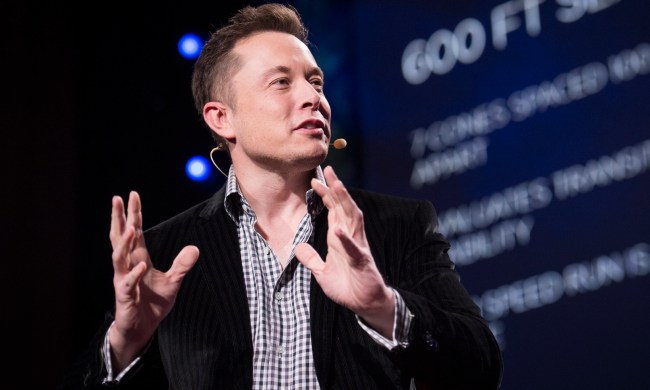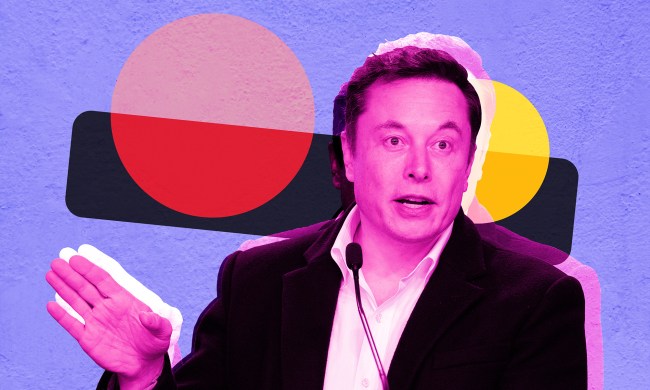After weeks of teases, SpaceX has finally announced its official plans to send a spacecraft to Mars by 2018, marking the first step in founder Elon Musk’s plans to colonize our cosmic neighbor. The private space corporation’s official Twitter account tweeted the announcement Wednesday morning.
According to the announcement tweet, SpaceX will be using the Red Dragon as the spacecraft for the mission, which a modified design of their Dragon 2, outfitted with eight SuperDraco engines and designed as a means to land anywhere in the solar system. These engines will allow the Red Dragon to pull off a propulsive landing — similar to what we recently saw SpaceX pull off with its Falcon 9 rocket. The engines will fire as the Red Dragon nears the planet’s surface, slowing its descent speed for a controlled landing. In addition to the Red Dragon, SpaceX will also employ the Falcon Heavy –basically a souped-up version of its Falcon 9 propulsion system– to launch the Red Dragon.
Planning to send Dragon to Mars as soon as 2018. Red Dragons will inform overall Mars architecture, details to come pic.twitter.com/u4nbVUNCpA
— SpaceX (@SpaceX) April 27, 2016
Following the announcement, Musk took to Twitter to elucidate on the Red Dragon mission, explaining that the proposed 2018 launch will be the “first test flight” for the new spacecraft. While the mission is very clearly the genesis of man’s eventual Martian landfall, Musk was quick to dispel any illusion of humans making the trip with the initial mission. “[The Red Dragon] wouldn’t be recommend [for] transporting astronauts beyond Earth-moon region,” he tweeted, explaining that the inner area of the spacecraft was about the “size of [an] SUV,” meaning it “wouldn’t be fun for longer journeys.” Furthermore, SpaceX lacks important colonization resources (such as habitable shelters and crew transportation) for a Martian colony to be feasible any time soon.
But wouldn’t recommend transporting astronauts beyond Earth-moon region. Wouldn’t be fun for longer journeys. Internal volume ~size of SUV.
— Elon Musk (@elonmusk) April 27, 2016
Still, the mission is a major milestone on the path to putting humans on Mars, as the Red Dragon opens up the possibility to not only send supplies to Mars, but also bring them back. SpaceX is currently working on an inflatable lander that would allow for heavier payloads to be safely landed, despite Mars’ low-pressure atmosphere. This would allow for important supplies to be delivered to the martian surface ahead of manned missions.
This announcement puts even more pressure on NASA, who is aiming to have humans on Mars by 2030, following a planned rover mission in 2020. Given SpaceX’s current timetable, beating NASA to Mars with a manned mission doesn’t seem all that outlandish. NASA has previously expressed interest in using the Red Dragon for their own Mars expeditions, though Wednesday’s announcement from SpaceX made no mention of whether this would be part of its 2018 mission. In fact, outside of the date and the vehicles to be used, little else is known. More information regarding this and future missions is set to be disclosed at the International Aeronautical Congress meeting in September, which will be held in Guadalajara, Mexico.


